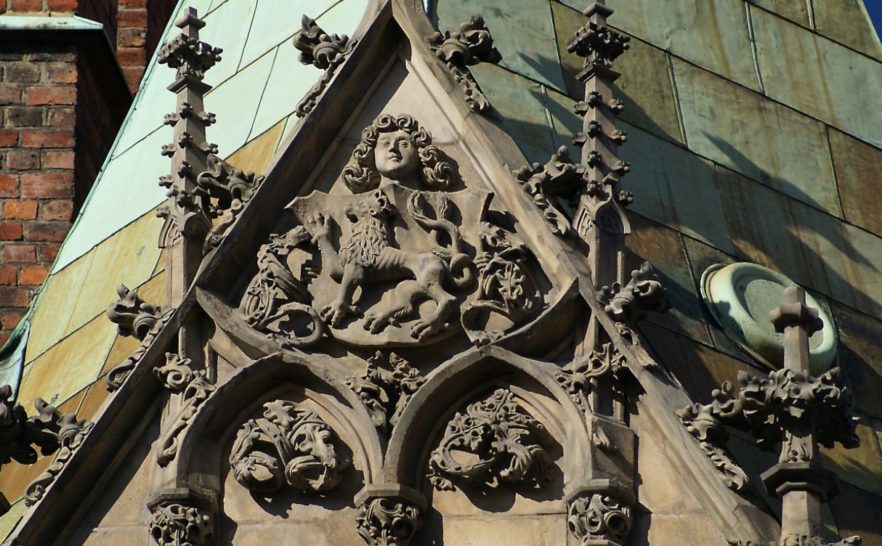Preserving cultural heritage sites and artifacts is crucial for maintaining links to the past. However, the ravages of time, war, natural disasters, and other factors often damage or destroy irreplaceable relics. Replicas offer a way to re-create lost heritage, but their use remains contentious. This article will examine six key issues surrounding replicas in heritage reconstruction: authenticity, ethics, economics, education, accessibility, and conservation.
Authenticity
A replica by definition, is not the original item but rather a copy. Some critics argue replicas lack ‘auratic authenticity’ – the sense of awe, magic, and history embodied in a unique original. While a replica of the Parthenon in Nashville or Athens, Greece, cannot replace the actual ruins in terms of authenticity, it can provide an impression of the structure’s scale and design. Supporters suggest ‘functional authenticity’ is more relevant i.e., how people engage with and learn from the replica. Visitors still perceive an educational value.
However, there are subtle effects of authenticity that are lost in replicas. The weathering, damage, and repairs over centuries tell part of the artifact’s story. The context of the ruins in their geographic location provides insights into the civilization and environment. While replicas allow access, they cannot truly substitute for experiencing ancient sites first-hand. Some nuances of texture, scale, and emotion are diminished or altered in recreated versions. Replicas may capture the outward form, but the historical integrity of the original site cannot be reproduced.
Ethics
Reconstructing heritage raises ethical dilemmas about altering the existing state of ruins and artifacts. Is it right to rebuild a site to appear as it did originally? Should ruins be stabilized and conserved rather than restored? How much should experts intervene? While ongoing preservation is important, returning a site to its original state erases signs of aging and subsequent layers of history. However, refusing to restore any damaged or missing elements means future generations may need help understanding or engaging with the heritage.
Balancing conservation ethics with public access and education is an ongoing challenge. It centers around the question of whether heritage belongs to the world or if conservators and authorities have the right to determine how artifacts should be preserved and presented. The priorities of tourism revenue and politics can influence decisions as well. Strict guidelines may be needed to ensure ethical standards are upheld in reconstruction projects. With thoughtful strategies, replicas could offer ethical alternatives to controversial restorations.
Economics
Replicas have economic advantages over maintaining fragile originals. They can generate tourist revenue and boost local business. Taking pressure off endangered sites by diverting visitors to replicas can fund ongoing conservation. However, success depends on replicas providing a satisfying and educational experience. Location also matters – sitting them far from the original can fail to deliver the context and authentic setting. Cheap replicas may be called ‘tacky’ and tarnish the site’s gravitas.
There are arguments against over-commercialization, though. Relying on tourism revenue could lead to questionable reconstructions aimed at popular appeal rather than historical accuracy. Management strategies are needed to ensure financial goals stay within heritage preservation priorities. Replicas could spark interest in sites but also backfire if they are executed poorly. Finding the right balance between revenue-generating attractions and serious conservation is important for long-term viability.
Education
Quality replicas provide access to cultural heritage, especially where travel is impractical. Virtual reality and 3D scanning allow interactive digital replicas to be created. Supporters argue engagement with replicas, physical or digital, inspires learning and fosters interest in history. Critics contend replicas only show a sanitized or idealized version. Without being able to touch the real artifact and understand the layers of aging and damage, the sense of direct connection to the past is diminished.
However, replicas can enhance education in some ways. They allow tactile interaction with structures and objects that would be off-limits in their original state. Moving around and inside recreated buildings provides insights impossible with restricted access ruins. Detailed replicas paired with background information help visitors visualize and understand the space. As an educational complement rather than a replacement, replicas have merits in deepening knowledge and engagement with heritage, inspiring future conservationists.
Accessibility
Preservation necessitates restricting access, while replicas theoretically allow broader access without endangering originals. However, making replicas widely available risks undermining the idea of heritage having rarity value. Conservation also requires significant resources, prompting debate around elite institutions controlling access to replicas, digitization, and knowledge. Museums must balance democratizing access through new technologies against exclusivity concerns.
But replicas could increase access for those who cannot travel to see sites and artifacts in person, whether for financial reasons, disability, or location. Virtual tours help, but physical interactions with replicas enhance understanding and pique interest. Managing costs and rights issues around digitization will be ongoing, though. There are also questions about spreading resources too thin by recreating multiple sites versus focused preservation efforts. Priorities, funding allocation, and inclusive strategies must be balanced to broaden access thoughtfully rather than multiplying replicas indiscriminately.
Conservation
Some argue meticulous reconstruction protects artifacts by sheltering them from the elements. However, rebuilding can destroy existing historical materials and require controversial interventions like removing later additions. Stabilizing original materials and limiting access is preferable for conservation. Yet deterioration continues so that replacements may become necessary over time. Regular maintenance of replicas could reduce the intervention needed on fragile originals.
Indeed, designing reconstructions with conservation in mind is important. Using sustainable modern methods and materials can avoid damage to any salvageable original structures. High-tech scanning can also create digital records to aid future preservation if the replica sustains damage. But maintenance costs remain a long-term factor for replicas and restored sites. Prioritizing resources and sustainable practices takes on new urgency when balancing multiple locations. Overall, judicious use of replicas alongside well-planned conservation efforts can enhance the protection of threatened heritage.
In Conclusion
Replicating lost heritage raises questions about authenticity, ethics, economics and conservation. While replicas lack the awe and magic in historical originals, they allow greater access and engagement with the past. Maintaining strict limits on conservation interventions and high-quality replication aims to balance preservation and access. With careful management, replicas can play a valuable, if controversial, role in reconstructing heritage.









